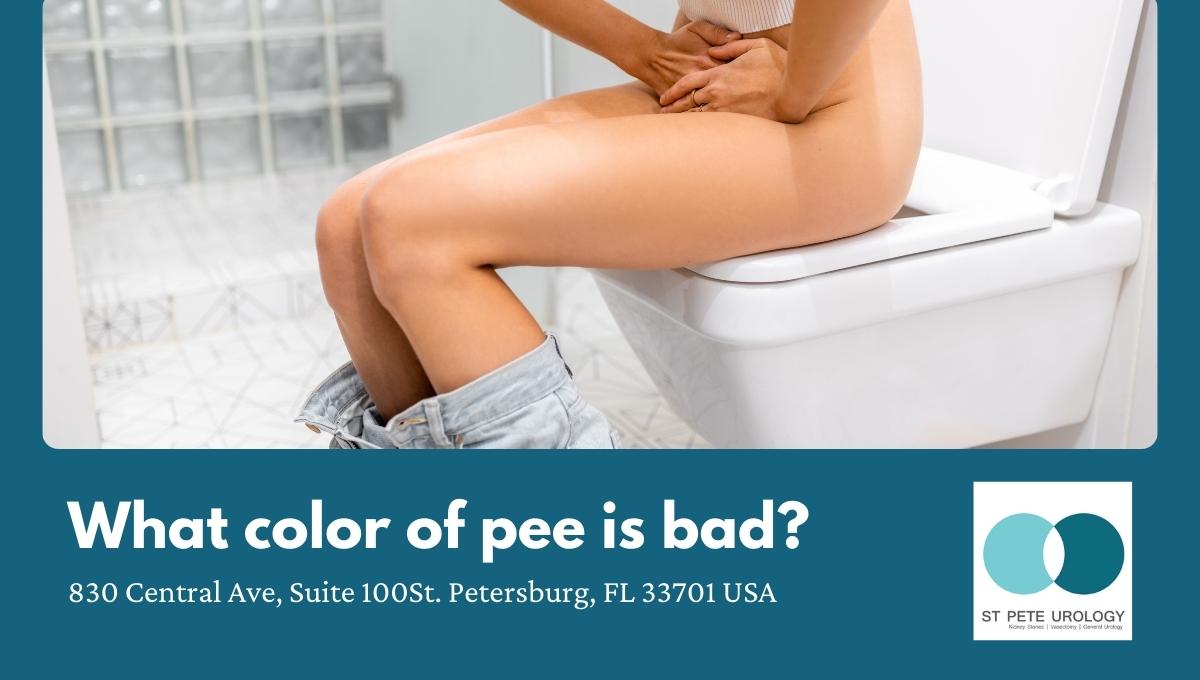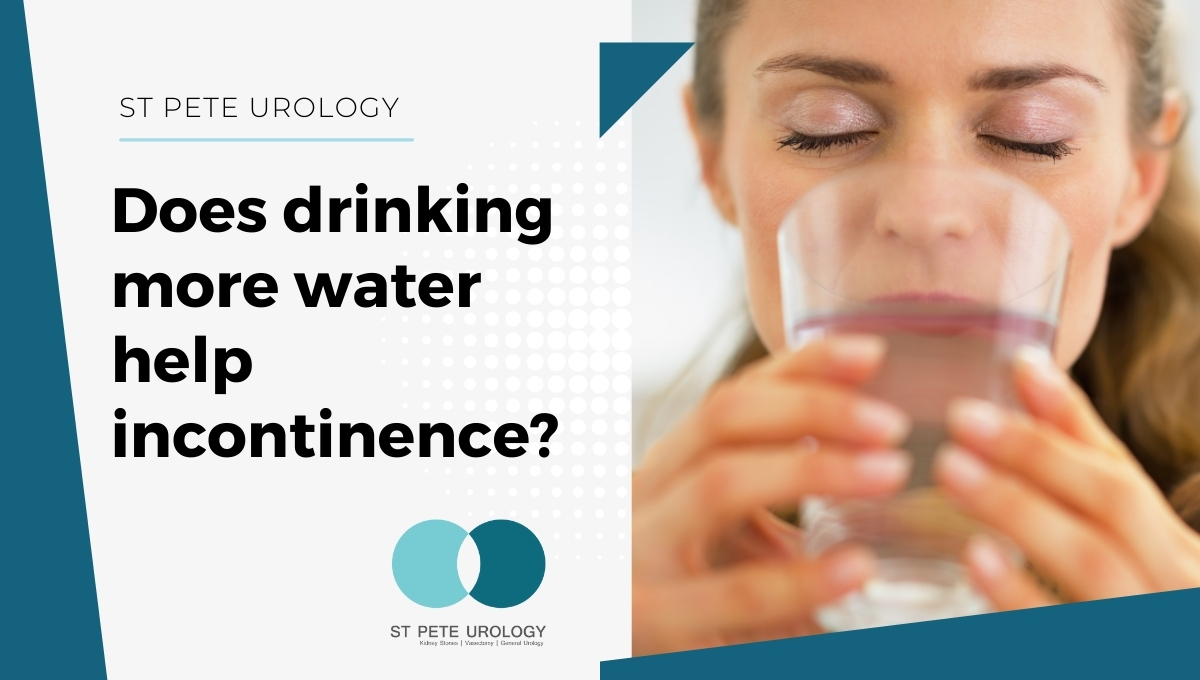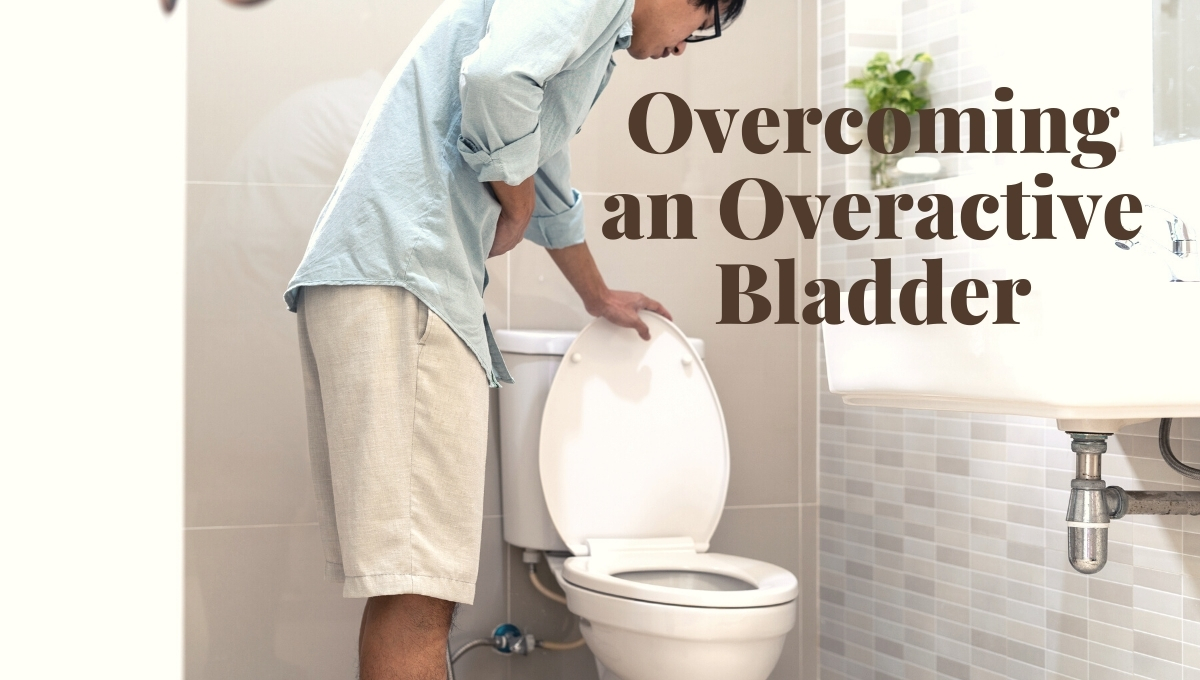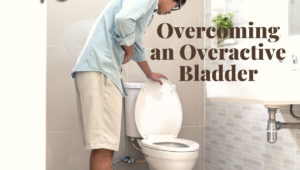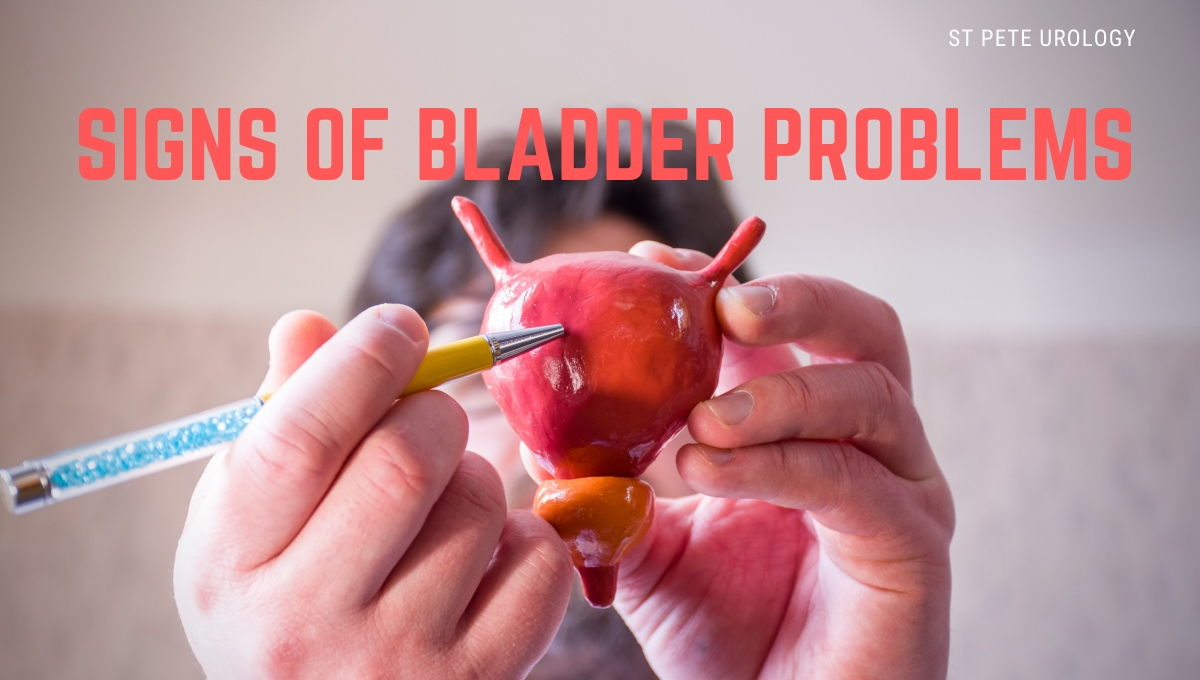

A healthy urinary system works to filter blood and to remove toxins and wastes produced in the body through urine. It also helps to maintain the balance of water, minerals and salts in your blood. Plus, it enables your body to make red cells and regulate blood pressure.
By removing wastes and toxins and regulating fluids and electrolytes, the urinary system helps the body regulate itself and work properly. That is why it’s essential to protect your urinary health as a way of improving your overall health as you age.
In fact, if you take common sense steps early in life to protect your urinary health it will significantly contribute to good overall health later in life especially after the age of 40 years.
So how does your urinary system age with you?
- Kidneys
The number of cells in your kidneys decrease once you’re 40 years or older. This results in thickening of the connective tissue capsule surrounding the kidney and a reduction in the thickness of the cortical region.
The loss of cells causes loss in glomeruli function. And because the glomeruli are responsible for filtration, loss of function of the glomeruli leads to a natural yet gradual decline of kidney function.
Between the ages of 30 and 40 years, the rate of filtration in your kidneys begins to slowly decline, the size of the kidneys begins to reduce and the arteries supplying blood to the kidneys begin to narrow. In turn, your kidneys become more susceptible to injury and kidney disease.
- Bladder
The walls of your bladder and urethra are made of smooth muscles. As you grow older, the muscle tissue weakens and becomes less elastic. In turn, the capacity of your bladder reduces, resulting in difficulty to fully evacuate during urination.
Likewise, the bladder wall generally becomes stiffer as you grow older. This reduces the bladder’s ability to hold as much urine as your younger self. And as your ability to hold urine reduces, you end up urinating more often with a higher risk of urinary tract infections.
Accidental urine leakage results from muscle weakness in the bladder and is more frequent in older people, especially women. More than 50-percent of people aged 65 and older have urinary incontinence symptoms.
By the time you are 80 years or older, bladder control may be sufficiently diminished that many find themselves waking to pass urine during the night.
Various age-related causes of urinary incontinence include:
- Weak pelvic floor muscles
- Nerve damage
- Urinary tract infections
- An enlarged prostate (in men)
The most common treatment options for urinary incontinence are surgery and targeted nerve stimulation.
Another age-related urinary system condition is bladder cancer. Though the disease is not very common, the chance of having it increases with age. In fact, over 70-percent of cases of the cancer are diagnosed in people who are 65 years or older.
Risk factors include exposure to carcinogens, tobacco smoking, and radiation. The most common symptoms are blood in urine (hematuria) and pain during urination. It is advisable to speak with a urologist if you experience these symptoms.
- Urethra
After the age of 40 years, your risk of having urinary tract infections increases due to changes in the urethra. The infections may occur when bacteria invade the urethra, multiply and spread to the upper parts of the urinary system such as bladder and kidneys.
While urinary tract infections are more commonly a concern in aging women, it can also be a problem for men. More than 50-percent of women have urinary tract infections at least once in their lifetime as opposed to just 3-percent of men.
Advancing age is also a factor in UTIs as a result of general immunity weakening with age. Plus, the infections may be more frequent in older people due to urinary incontinence and retention. When not treated promptly, infections that begin in the urethra can in some cases lead to kidney infections and even sepsis.
- Prostate
The prostate is not a urinary organ; it is part of the male reproductive system. However, changes in the prostate result in problems in the urinary system. This is largely due to the prostate gland gradually enlarging after the age of 40 years and leading to extra pressure applied to the bladder, blocking urine flow.
More than 30-percent of men aged 50 years or older require treatment for an enlarged prostate (BPH) while up to 90-percent of men aged 80 years have an enlarged prostate. An enlarged prostate is not cancer, but it is associated with bothersome health issues, such as urinary tract infections, kidney infections, urinary incontinence and bladder damage.
The most common symptoms of BPH are change in urination, inability to start to pee, and a weak urine stream. Speak with your urologist about BPH symptoms as soon as they start in order to get prompt, effective treatment.
Timely urological care
To prevent age-related urinary issues, consider making regular visits to your urologist. The doctor is a specialist with the skills and experience to assess your specific symptoms, ask the right questions, make the appropriate diagnosis and find the right treatment options.
Speak with your urologist as soon as possible to get the right medications or minimally invasive treatment for relief of the symptoms. For more information on the prevention, diagnosis and treatment of urological disorders, visit the site “St Pete Urology.”


